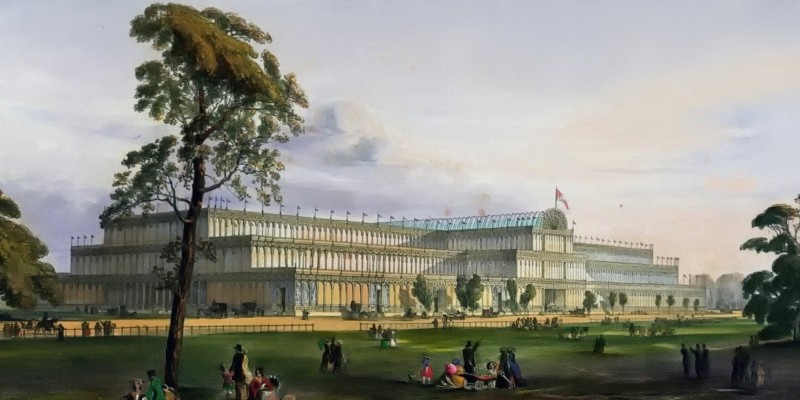Walter Houghton was said the way to Victorian studies' heart is through its stomach.
Food consumption, dining, and cooking culture in the Vict. era has proven to demonstrate the intersections between aesthetic procivilites, economics and soical mobility, and literary production. Navigating food can broaden our Victorian frame of mind.
Much of the conceptualizaion of food culture in England manifested as a way to parry with French influences. We can think of economic and political inspirations made to bring exports into to England, such as the 12th century marriage between Henry Plantagenet and Elenanor of Aquitane that lead to increase in wine production--Bordeaux wine specifically.
The Great Exhibition of 1851 was an example of such campagins to broaden and celebreate England as a global industrial power. The Great Exhibitions of the Works of All Nations (in London) was organised as by the state-sponsored Royal Society for the Encouragement of Arts, Manufactures and Commerce who attracted vistors such as Charlotte Brontë, William Makepeace Thackeray, Charles Dickens. The Exhibitions housed colonial raw materials (such as spices) and British art. It is said that Prince Albert decided that the Exhibition was to be accessible to all in order to break class boundaries, prices of entry were very cheap.
I think the is important to note of actualy archtectural structures and state-sponsored cultural movements that compliement the ways in which Charlotte Brontë positions Jane Eyre in the face of geneality.

